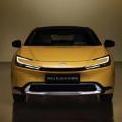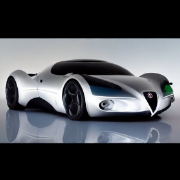Volvo - VEA: 4 cilindri turbocompressi ID e tecnologia i-Art
-
Contenuti simili
-
Lynk & Co 02 2018 1 2 3
Pubblicato da Sarrus,
- volvo ufficiale
- lynk & co ufficiale
- (e 5 altri in più)
- 21 risposte
- 10877 visite
-
- 133 risposte
- 32077 visite
-
- 7 risposte
- 1962 visite
-
-
-








.thumb.jpg.902d2a4f20a129e92b6f6920407b81bd.jpg)






.thumb.jpg.46228d717c405acd43b45b79fddce6a4.jpg)







Messaggi Raccomandati:
Crea un account o accedi per lasciare un commento
Devi essere iscritto per commentare e visualizzare le sezioni protette!
Crea un account
Iscriviti nella nostra community. È facile!
Registra un nuovo accountAccedi
Sei già registrato? Accedi qui.
Accedi Ora